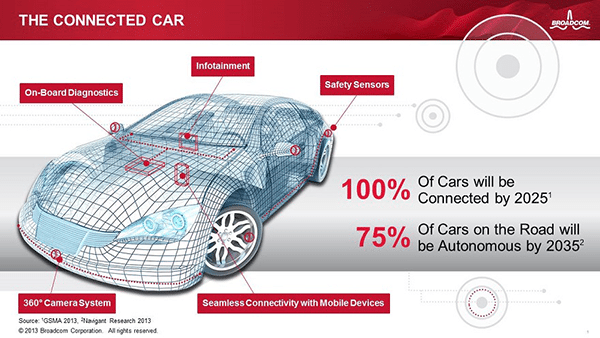As technology advances continue to blur the navigating / entertainment / diagnostic experience, some interesting trends have emerged.
In the “The Connected Vehicle,” (www.myguy.org) it was reported that 42% of telematics consumers name navigation as the number one feature. Research has shown that drivers trust what their cars tell them, even beyond directions fed by satellites.
Vehicles have become mobile service reminder messengers, notifying drivers of low tire pressure, oil change intervals, and even engine malfunction. Drivers have not only embraced this faceless messenger, they trust in its monotone message above a living and breathing service technician. How can it be there is more faith in this engineered notification system than in a trained technician explaining the same issue on-vehicle during a multi-point inspection?
Too many times, customers have been misled, even lied to, in face-to-face conversations with sales professionals peddling all kinds of goods and services. One negative experience calls into question all customer-facing exchanges. This mistrust has driven consumers to objective, seemingly non-profit motivated notification systems. Fixed Operations has been especially affected by such technological advances. However, technology has yet to catch up with humans when it comes to automotive service communications. There is not a phone yet that can sync their vehicle with the dealer and manufacturer; neither can it relay live data from their car to the people who know exactly what to do with it.
While studies show that a service notification delivered by a dashboard screen or smart phone may be more powerful and direct than numerous calls, emails, and postcards, the information source remains the same. All in-vehicle communications are scripted and defined by living and breathing automotive engineers and technicians. So, the breakdown in trust is actually in delivery, not the message itself. This is where Service Advisors and Technicians can accomplish more than an automated message.
“Once the driver arrives in the shop, a service advisor who follows up a friendly, personal greeting with detailed knowledge about the vehicle can transform the entire consumer experience. Connected advisors will have instant access to customer information, service history, vehicle specs and recommended maintenance. Any prices discussed in the service drive will be the same ones that were quoted to the customer online. Familiarity breeds trust, and a connected car lets an advisor show they know their stuff.” [The Connected Vehicle, www.myguy.org]

With the “connected” car, dealer service departments can now be educated and prepared for the incoming customer to address the vehicle’s announced service need. The connected vehicle extends the engagement even after the car is in service, with in-process updates being delivered to the customer’s smart phone. Repairs and service pricing are all delivered to the customer before the work is started, so there are no surprises when the bill arrives.
“Carlisle’s Consumer Sentiment Survey found that six out of the top ten criteria customers use to select a service provider are trust-related. In fact, 55% of customers choose dealers based on their belief that the dealer is more trustworthy.” [The Connected Vehicle, www.myguy.org] Service staff can capitalize on this sentiment by educating themselves in current and upcoming vehicle messaging and diagnostic capabilities. In so doing, they become the one component of the service and maintenance matrix the customer can’t do without; they are the translator and resolver of complex vehicle systems.
Image 1: A prototype of Samsung Galaxy Gear integration with BMW. While still in the testing phase, both Samsung and Apple are committed to developing smart apps that will be fully integrated with vehicle operating systems within a few years. (Credit: www.sammobile.com)
Image 2: Beginning with communications and entertainment connectivity, vehicles are quickly becoming sophisticated diagnostic notification hubs. However, the human element is still necessary to build, deliver, and define this messaging. (Credit: Broadcom Corporation)
